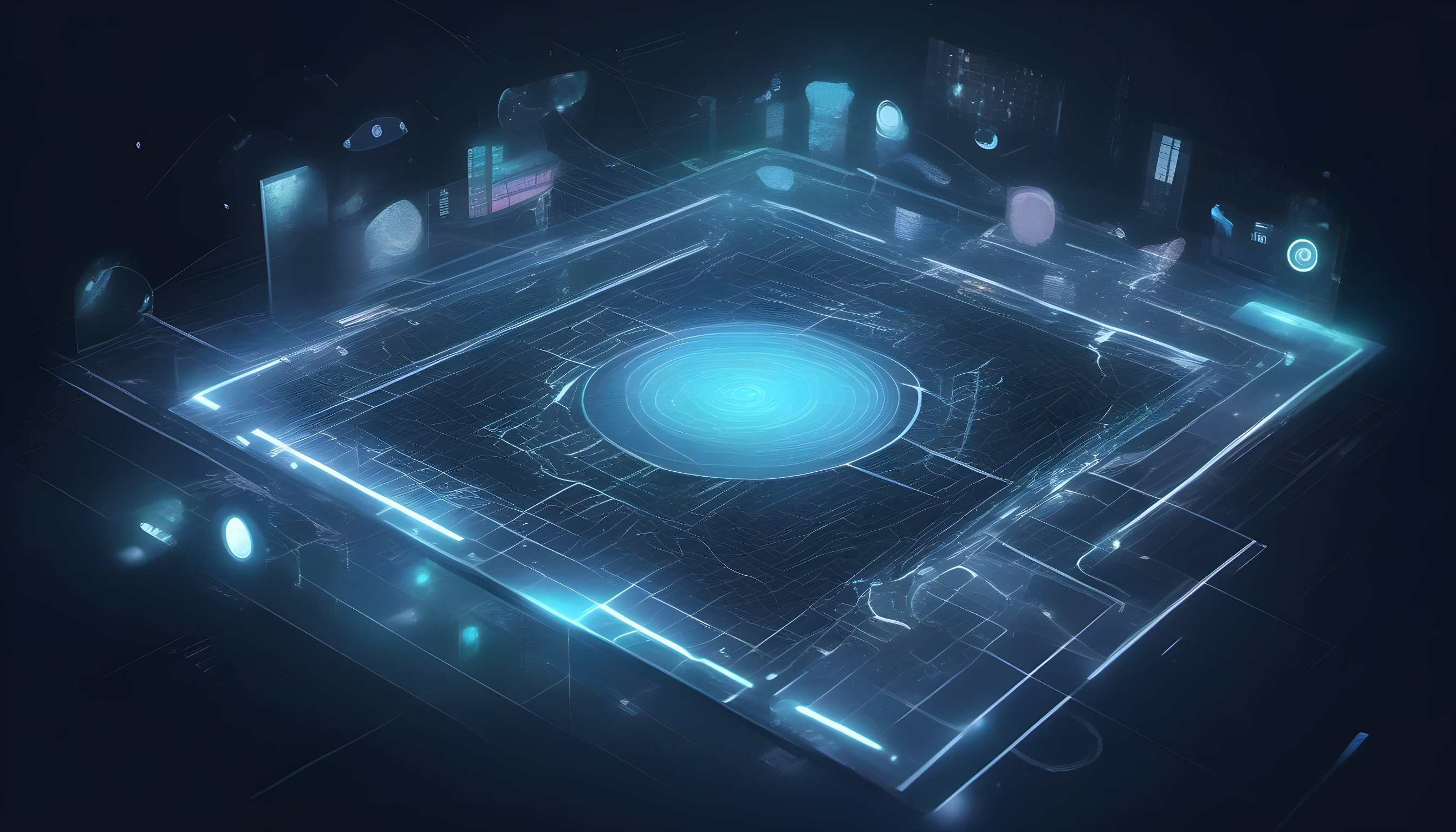Unveiling the Essence of Design – It’s How It Works

In the realm of design, the saying, “Design is not just what it looks and feels like. Design is how it works,” by Steve Jobs, stands as a timeless reminder of the profound nature of true design. While aesthetics capture attention, it’s the functionality—the seamless orchestration of elements—that truly defines the success of any design. Let’s delve into the depths of this philosophy, exploring why design is not a mere visual endeavor but a holistic, user-centric symphony of form and function.
Aesthetic Appeal vs. Functional Harmony
While an eye-catching design may draw initial admiration, its true value lies in how it functions. Think of a beautifully designed website; if users struggle to navigate or find information, the aesthetics lose their charm. True design mastery lies in striking a delicate balance between visual appeal and functional efficiency, creating an experience that not only pleases the eye but also delights the user.
User-Centric Design: Walking in the User’s Shoes
The essence of “Design is how it works” is deeply rooted in understanding the end-user. A design should not only be visually appealing to the creator but should resonate with the intended audience. User-centric design involves empathizing with the user’s needs, preferences, and challenges. It’s about anticipating their journey, ensuring that every interaction is intuitive and seamless.
Purposeful Design: Aligning with Objectives
Design, at its core, is problem-solving. Whether it’s a product, a website, or an experience, design should align with a purpose. A well-designed solution addresses a specific need or challenge. It’s not just about adding layers of aesthetics but about crafting a solution that works harmoniously to meet objectives, enhance experiences, and add tangible value.
Efficiency and Simplicity: Stripping Away the Unnecessary
“Design is how it works” echoes the importance of efficiency and simplicity. Successful designs eliminate unnecessary complexities, ensuring that users can navigate effortlessly. Clutter and confusion detract from the user experience, highlighting the significance of streamlining designs to enhance functionality. In essence, simplicity becomes the ultimate sophistication in design.
Adaptability and Evolution: Design That Grows
The most impactful designs are those that evolve with the changing landscape. “Design is how it works” implies adaptability and a forward-thinking approach. A design that can seamlessly integrate new features, technologies, and user expectations stands the test of time. It’s not just about the present moment but about future-proofing the design for sustained relevance.
The Intersection of Form and Function
In the world of design, the intersection of form and function is where brilliance emerges. A visually appealing design that lacks functionality is akin to a beautifully wrapped gift with an empty box. Conversely, a functional but visually unappealing design may miss the opportunity to engage and captivate. The magic happens when aesthetics and functionality merge seamlessly, creating a holistic, user-centric experience.
Conclusion: Design That Resonates
In conclusion, “Design is not just what it looks and feels like. Design is how it works” encapsulates the essence of design philosophy. It’s a mantra that challenges designers to go beyond surface-level aesthetics and dive into the intricacies of functionality and purpose. True design is a reflection of empathy, problem-solving, and an unwavering commitment to enhancing the user experience. As we navigate the ever-evolving landscape of design, let’s remember that the impact of design is not just visual—it’s experiential, functional, and timeless.
